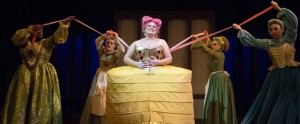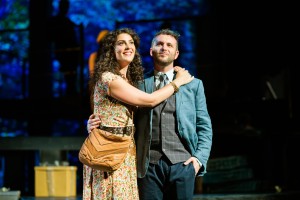 This isn’t an article written by me, but it features me. So I thought I’d share it here. Nieman Lab, the media think tank at Harvard, did a story about KQED’s Lab, of which I was a part. I developed a project called Field Trips as part of The Lab. Nieman’s Joseph Lichterman interviewed me for this story.
This isn’t an article written by me, but it features me. So I thought I’d share it here. Nieman Lab, the media think tank at Harvard, did a story about KQED’s Lab, of which I was a part. I developed a project called Field Trips as part of The Lab. Nieman’s Joseph Lichterman interviewed me for this story.KQED is encouraging entrepreneurship and innovation with an in-house incubatorNieman Lab
 This isn’t an article written by me, but it features me. So I thought I’d share it here. Nieman Lab, the media think tank at Harvard, did a story about KQED’s Lab, of which I was a part. I developed a project called Field Trips as part of The Lab. Nieman’s Joseph Lichterman interviewed me for this story.
This isn’t an article written by me, but it features me. So I thought I’d share it here. Nieman Lab, the media think tank at Harvard, did a story about KQED’s Lab, of which I was a part. I developed a project called Field Trips as part of The Lab. Nieman’s Joseph Lichterman interviewed me for this story.













